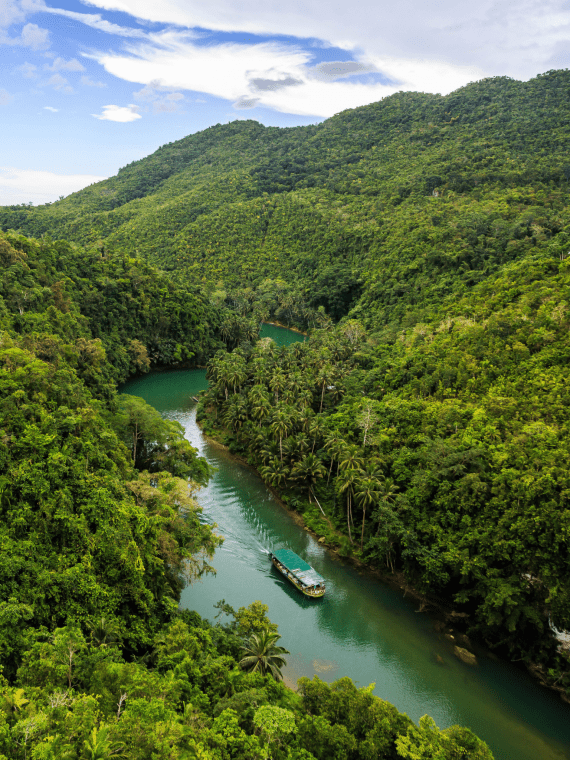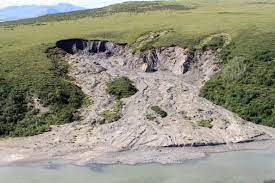One of the worst landslides in the Philippines occurred on February 17, 2006. The landslide killed 85 people and 981 were confirmed missing. It was said that the heavy rains were the cause of the landslide. The heavy rains caused mass flooding which then caused the landslide on the island of Leyte and Mindanao.
When the soil became saturated it become loose and made the slope unstable, causing it to slide.
According to the Philippines Mines and Geoscience Bureau, 80% of the land in the Philippines is prone to landslides. This is due to monsoons, earthquakes, and flooding that occurs often. Earthquakes can cause landslide by the intense shaking loosening the soil and making the ground unstable.
Because of the mass rainfall in the Philippines there is lots of vegetation and greenery. This vegetation can appear on slope and can increase chance mass wasting such as a landslide, mudslide, or rockslide. The plants absorb the water from the rainfall to help grow. The water goes to the roots of the plant and into the soil for more nutrients. But with so much water going into the soil it is loose. Also the weight of the slope is heavier with vegetation and if it is weighted down it can slide.
The PHIVOLCS department in the Philippines has tried to create a safety system for mass wasting occurrences.
The top three most effective safety systems in place in my opinion are:
1). Creating retaining walls that look like tall stairs up the sides of roads and land, to hold soil in place.
2). Shotcrete walls, which are very strong sprayed concrete that should not retain water therefore keeping it safer than the slopes.
3). Having public safety signs up on main roads, in nature, near farming or large slopes that say there could be a mass wasting event nearby if hit by an earthquake or monsoon rains. As well as signs that clarify if there had been a mass wasting event here before.
Overall the Philippines has taken many precautions in order to prevent and aid an mass wasting.
References:
https://earthobservatory.nasa.gov/images/16144/landslide-in-the-philippines
https://www.bria.com.ph/articles/landslide-risk-reduction-schemes-in-the-philippines/#:~:text=According%20to%20the%20Philippine%20government's,Indonesia%2C%20India%2C%20and%20China.
https://pnsn.org/outreach/earthquakehazards/landslides
https://www.utsa.edu/today/2015/09/landslides.html#:~:text=Plants%20absorb%20water%20and%20reduce,die%2C%20resulting%20in%20more%20landslides.
https://www.phivolcs.dost.gov.ph/index.php/landslide/landslide-prepareness
https://en.wikipedia.org/wiki/Shotcrete#:~:text=Shotcrete%2C%20gunite%20(%2F%CB%88%C9%A1,%2C%20steel%20mesh%2C%20or%20fibers.







This was very good research!
ReplyDelete